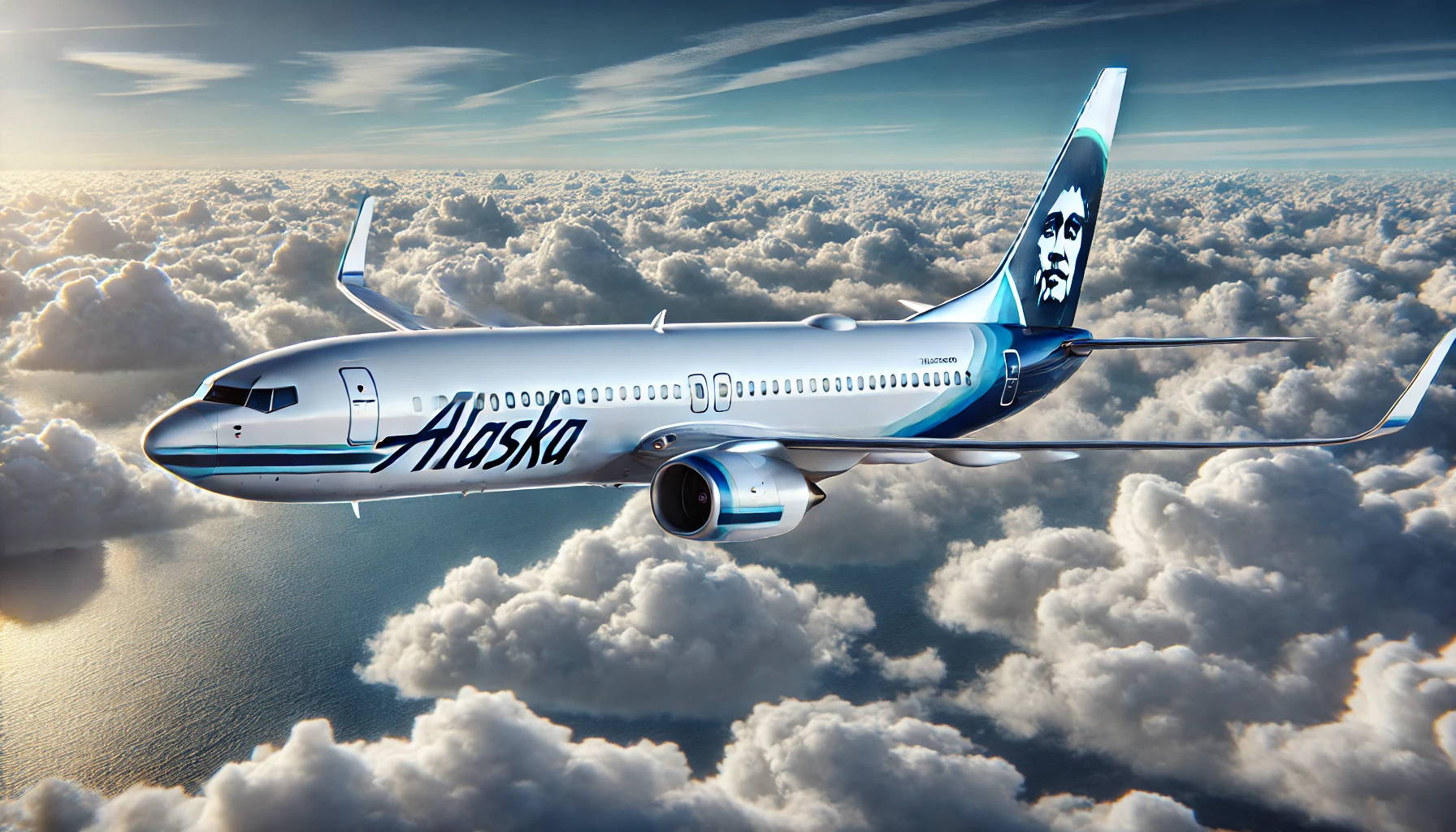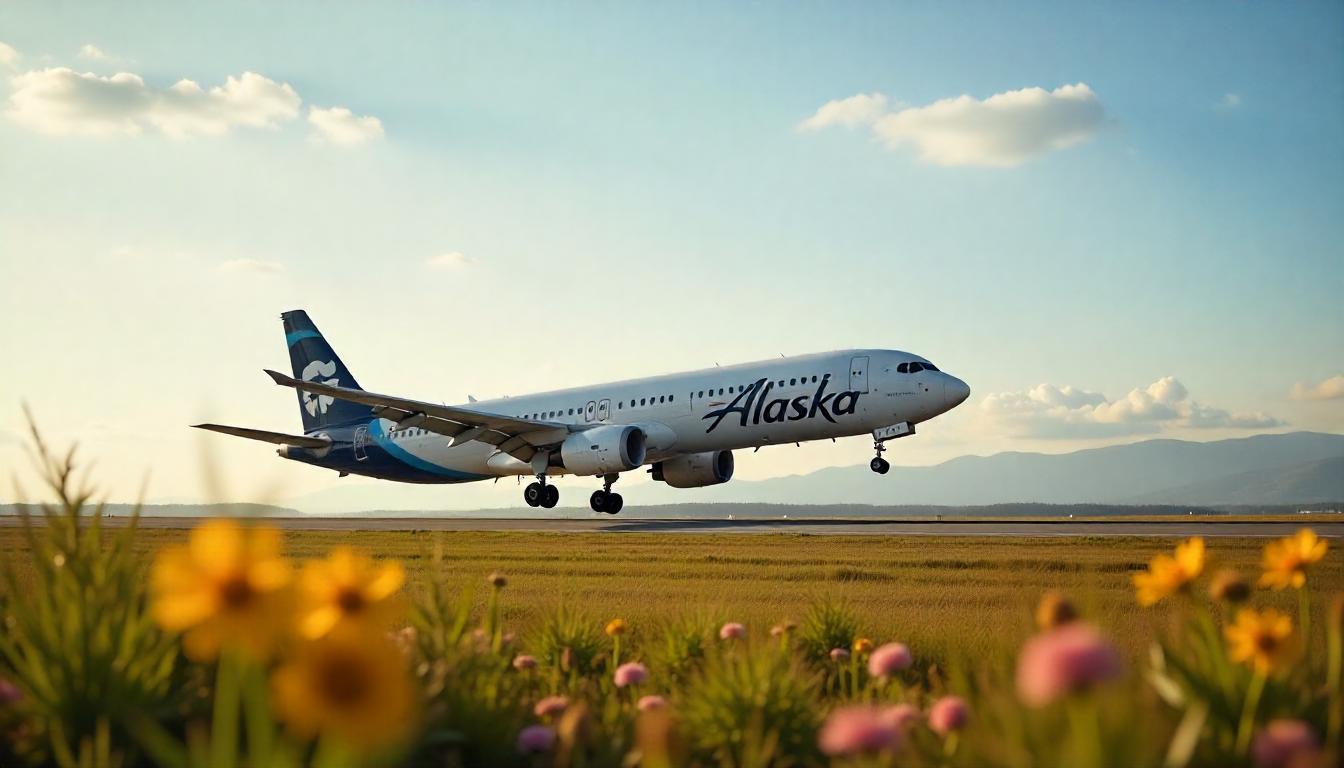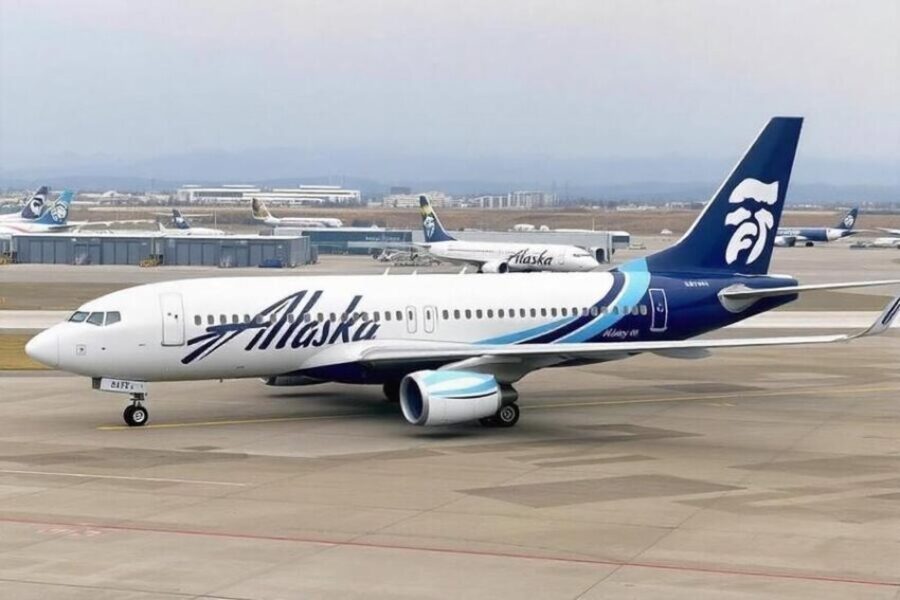Alaska Airlines Ground Collision at Seattle-Tacoma Airport

On May 18, 2025, a minor collision occurred at Seattle-Tacoma International Airport (SEA) involving two Alaska Airlines Boeing 737s during pushback operations. The aircraft, a 737-800 and a 737-900, were scheduled to depart for Orange County (SNA) and Sacramento (SMF) in California. While no injuries were reported, the incident has raised concerns about aviation ground safety, potential traveler disruptions, and implications for U.S. tourism, particularly along high-traffic West Coast routes.
The collision involved wingtips clipping during simultaneous pushback operations managed by ground-service tugs. The Port of Seattle and Alaska Airlines labeled the incident as "minor," but it is part of a growing trend of similar accidents at major U.S. airports.
Seattle-Tacoma International Airport is a critical West Coast travel hub serving millions of travelers annually. The incident occurred during a peak weekend travel period, causing delays and schedule changes for passengers who had to be rebooked. Such disruptions can affect hotel bookings, car rentals, and onward travel plans.
Alaska Airlines confirmed ground-handling crews were responsible for the incident, prompting an FAA investigation to assess adherence to operational safety protocols. Experts cite tighter aircraft turnaround times, increased traffic at major hubs, and reliance on ground coordination as contributing factors to the rise in tarmac incidents.
Passengers remained calm during the incident, and crews coordinated a safe return to the terminal. Kassie McKnight-Xi, spokesperson for the Port of Seattle, described the event as a minor contact that did not significantly affect airport operations, though passengers experienced delays. This incident underscores the need for automation and better coordination among ground teams at large airports.
This incident is not isolated. Similar ground collisions have occurred at other major U.S. airports in 2025:
- May 6, 2025: Two United Airlines Boeing 777-300ERs collided at San Francisco International Airport during pushback operations, causing damage and cancellation of flights to Sydney and Hong Kong.
- February 5, 2025: A Japan Airlines Boeing 787-9 struck a Delta Air Lines 737-800 at Seattle-Tacoma International Airport.
- January 10, 2025: Two American Airlines 737s made contact at LaGuardia Airport.
- January 8, 2025: An American Airlines 737-800 collided with a United Airlines 787-10 at Chicago O’Hare.
These events have raised questions about how busy airports manage simultaneous aircraft movements, especially during peak hours.
Alaska Airlines, known for reliability, faces potential impacts on booking patterns due to the incident. Tourism boards in Washington and California may need to monitor traveler confidence, especially with the summer travel season underway. Consistent flight operations are critical for regions like Orange County and Sacramento, which rely on air traffic to support local businesses.
The FAA’s investigation may lead to stricter ground crew certification standards, increased use of AI and sensors, and enhanced tarmac monitoring systems. Seattle-Tacoma International Airport may explore additional safety investments. Alaska Airlines promptly deboarded passengers and arranged alternate flights. Transparency and regular updates are crucial for retaining traveler trust.
For air travelers, understanding potential ground risks is now part of travel preparedness. Passengers are encouraged to book flexible tickets, allow extra time for connections, and stay updated via airline apps. Aviation safety now demands equal focus on ground procedures due to increasing airport operations density. The Alaska Airlines incident at SEA highlights that aviation reliability begins on the ground.
Two Alaska Airlines jets collided during pushback at Seattle-Tacoma International Airport, marking the latest in a series of ground mishaps affecting major US hubs. Aviation authorities have launched investigations into these increasingly frequent events, raising concerns over ground-handling procedures and airport congestion. The collision occurred during simultaneous pushbacks when the wings of the two jets made contact. All passengers were safely deplaned and rebooked on alternate flights. The FAA confirmed an investigation is underway to determine the root cause and whether ground crew coordination or procedural errors contributed to the mishap.
The FAA and NTSB have flagged these recurring incidents as indicators of operational stress, particularly in ground-handling departments at busy U.S. airports. Experts have cited increased flight frequencies, seasonal peak traffic, and potential understaffing in ground operations as contributing risk factors.
Passengers affected by each event were safely disembarked and rebooked. Airlines involved have emphasized that these collisions have not compromised airworthiness or flight safety. Industry Reaction and Next Steps:The string of recent incidents has prompted calls for enhanced ground crew training, stricter oversight of tug and tow procedures, and increased use of technology such as collision-avoidance sensors and advanced ramp surveillance systems. The FAA is expected to issue guidance in the coming weeks to improve coordination between ground teams and flight crews during tug and pushback operations
The minor collision involving Alaska Airlines jets at Seattle-Tacoma International Airport is a stark reminder of growing concerns around ramp safety at major U.S. airports. With summer travel approaching peak season, aviation regulators and airline operators face increasing pressure to ensure that what happens on the ground does not jeopardize what happens in the air.










